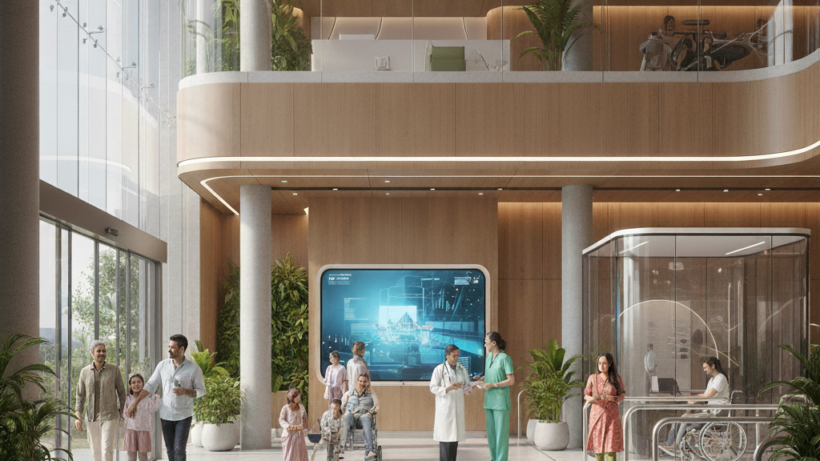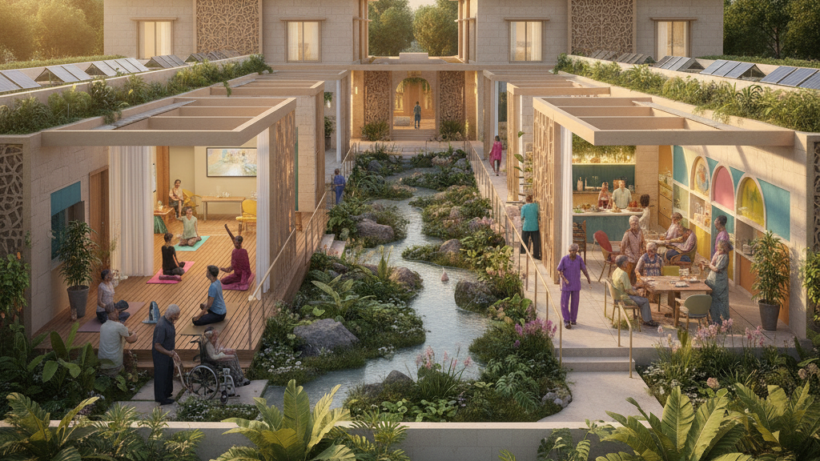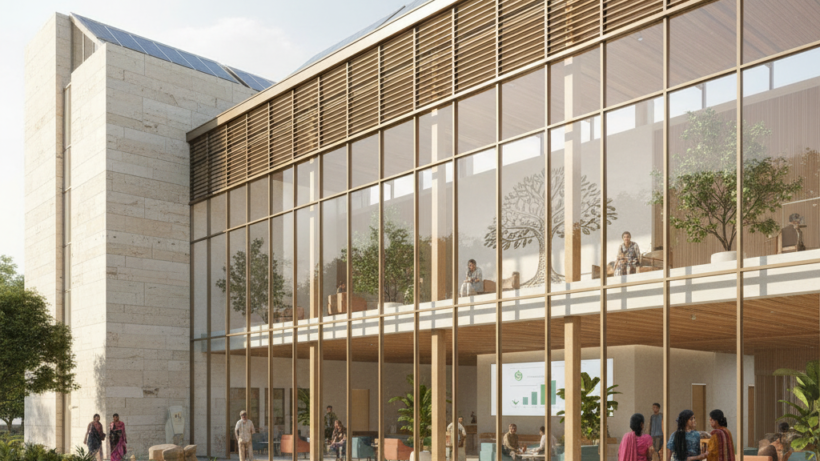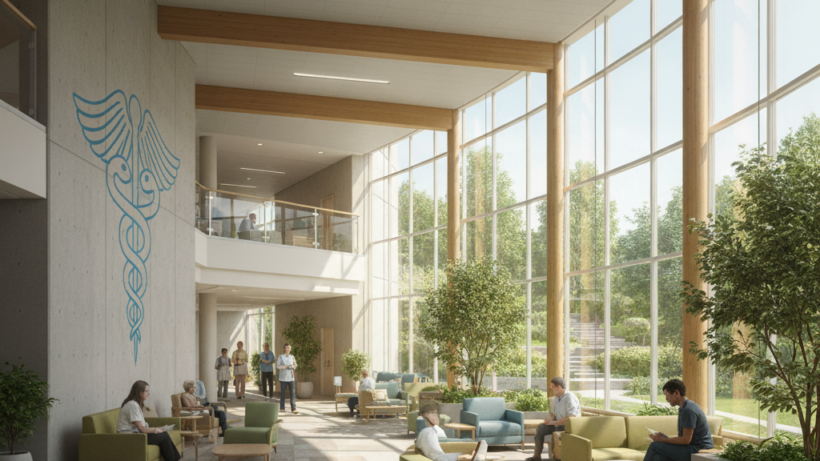What Decades in Healthcare Construction Have Taught Me About Building Trust
Trust Isn’t Built with Cement. It’s Built with Commitment. When I first stepped onto a hospital construction site over two decades ago, I believed precision, timelines, and quality defined success. And while all those things still matter deeply, what I’ve learned over time is this: in healthcare infrastructure, success runs










